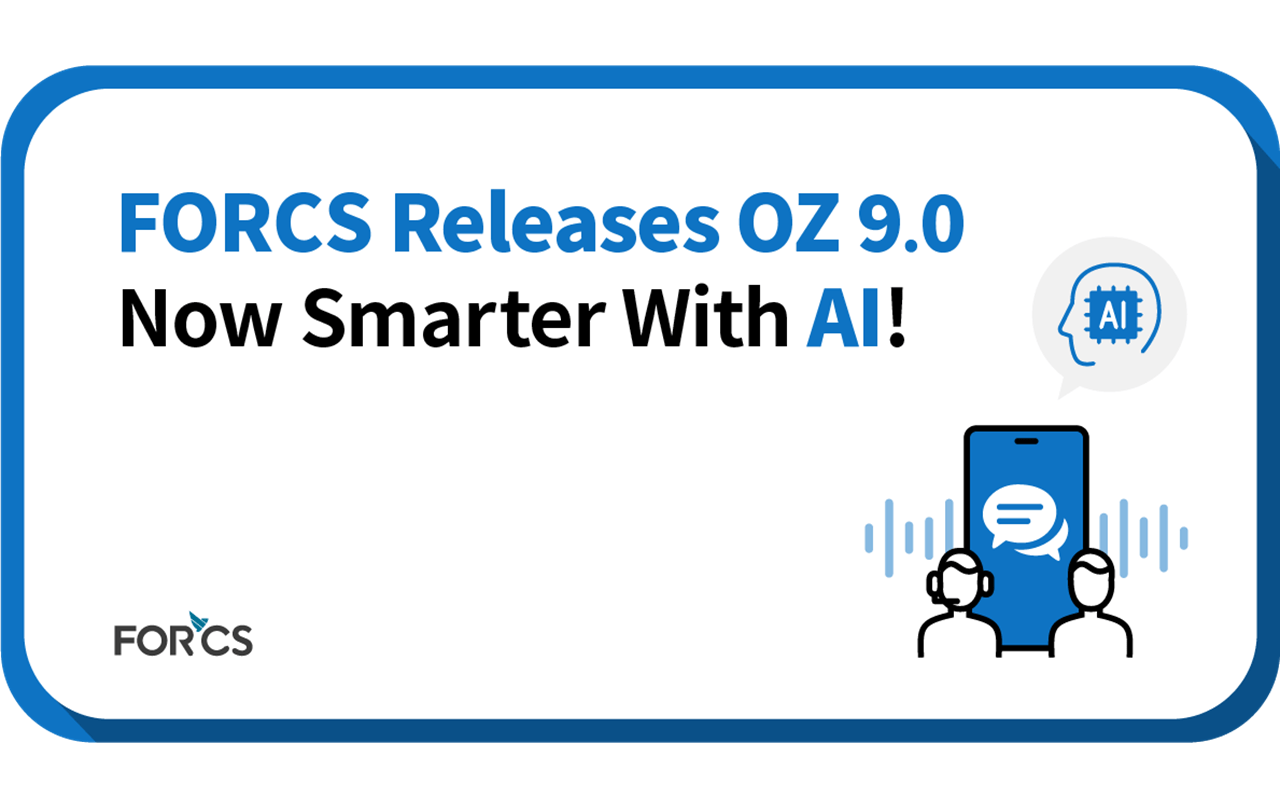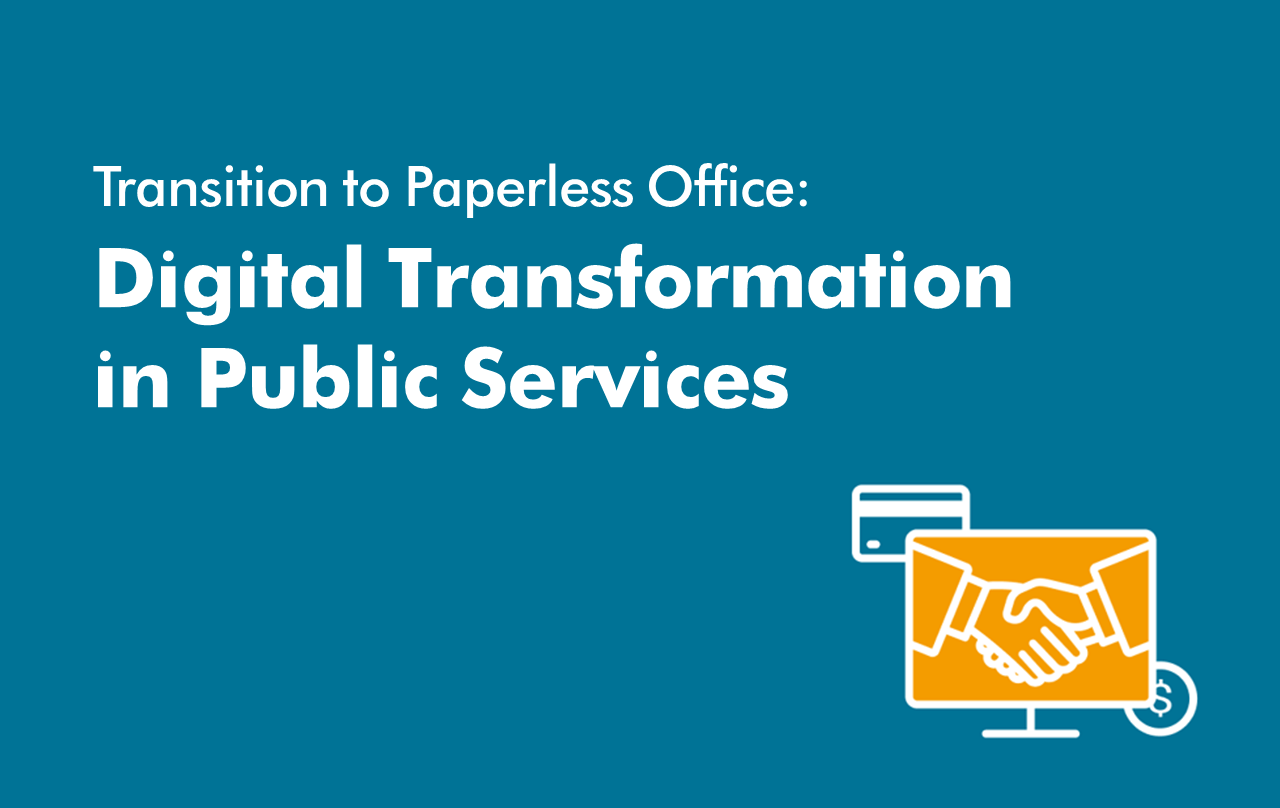An Electronic Signature or a Digital Signature?
An Electronic Signature or a Digital Signature? What’s the difference, and when to use it?
The adoption of electronic documents continues to rise, and the savings it provides have proved to be real. However, there are still a lot of grey areas. In these series of blog posts, our objective is to regularly address the questions our customers are asking us and clarify these grey areas.
For a document to be legally binding, it must be signed; however, there are many disadvantages of relying on ‘wet-ink’ signatures. Recently, new laws make various forms of electronic signature valid. With this development, electronic and digital signatures are the bridge between the paper to the digital world (Datoo, Akber. 2019). Electronic signatures are usually in the form of (a) typed or scanned written signatures, (b) “I agree” buttons that need to be clicked on. The more advanced forms of electronic signatures include digital signatures and message authentication codes.

In short, the answer to the question “what’s the difference between an electronic and digital signature” is: a digital signature is a form of an electronic signature (Panko, Raymond R. 2004).
To clarify both concepts further, let’s look at Gartner’s definition of electronic signature and digital signature in the online IT glossary (https://www.gartner.com/it-glossary).
What is an Electronic Signature?
Electronic signature: “an electronic signature (e-signature) is a traceable email or a biometric applied to a message. The biometric may be based on digitized handwriting (handwriting that is converted by cryptography into a digital signature) or a biometric (e.g., a fingerprint that can be combined with a hash or digest of the message to show the signer’s intent). The electronic signature cannot be removed and applied to other documents to forge a signature” (Gartner, 2019)
For a document to be legally binding, it must be signed; however, there are many disadvantages of relying on ‘wet-ink’ signatures. Recently, new laws make various forms of electronic signature valid. With this development, electronic and digital signatures are the bridge between the paper to the digital world (Datoo, Akber. 2019). Electronic signatures are usually in the form of (a) typed or scanned written signatures, (b) “I agree” buttons that need to be clicked on. The more advanced forms of electronic signatures include digital signatures and message authentication codes.
In short, the answer to the question “what’s the difference between an electronic and digital signature” is: a digital signature is a form of an electronic signature (Panko, Raymond R. 2004).
To clarify both concepts further, let’s look at Gartner’s definition of electronic signature and digital signature in the online IT glossary (https://www.gartner.com/it-glossary).
What is a Digital Signature?
Digital signature: “a specific type of electronic signature (e-signature) that relies on public-key cryptography to support identity authentication and provide data and transaction identity. Digital signatures are used to support several security functions. However, the focus of this technology profile is on digital signatures used to protect the integrity and authenticity of documents, such as forms, agreements or contracts, and to demonstrate the intent to sign” (Gartner, 2019)
The bottom line is that both electronic and digital signatures are secure and legal forms of signing. But many electronic signature methods could be counterfeited easily, that’s why digital signatures are becoming so important. Digital signatures are difficult to counterfeit, especially when used with digital certificates (Panko, Raymond 2004).
If you would like to hear more about how FORCS is working with banks, governments, healthcare providers and insurance companies to provide them with not only an electronic signature but also electronic forms, send us an email at global@forcs.com.
Please follow us on FORCS Linkedin for regular updates, case studies, and events.
References
Panko, Raymond R. 2004.The Internet Encyclopedia. Digital signatures and electronic signatures. Retrieved from The Research Gate
Datoo, Akber. April 2019. Electronic and Digital signatures. Retrieved from the Research Gate
Gartner (2019, September). Digital signature. Retrieved from https://www.gartner.com/it-glossary/digital-signature
Gartner (2019, September). Electronic signature. Retrieved from https://www.gartner.com/it-gloassary/electronic-signature




